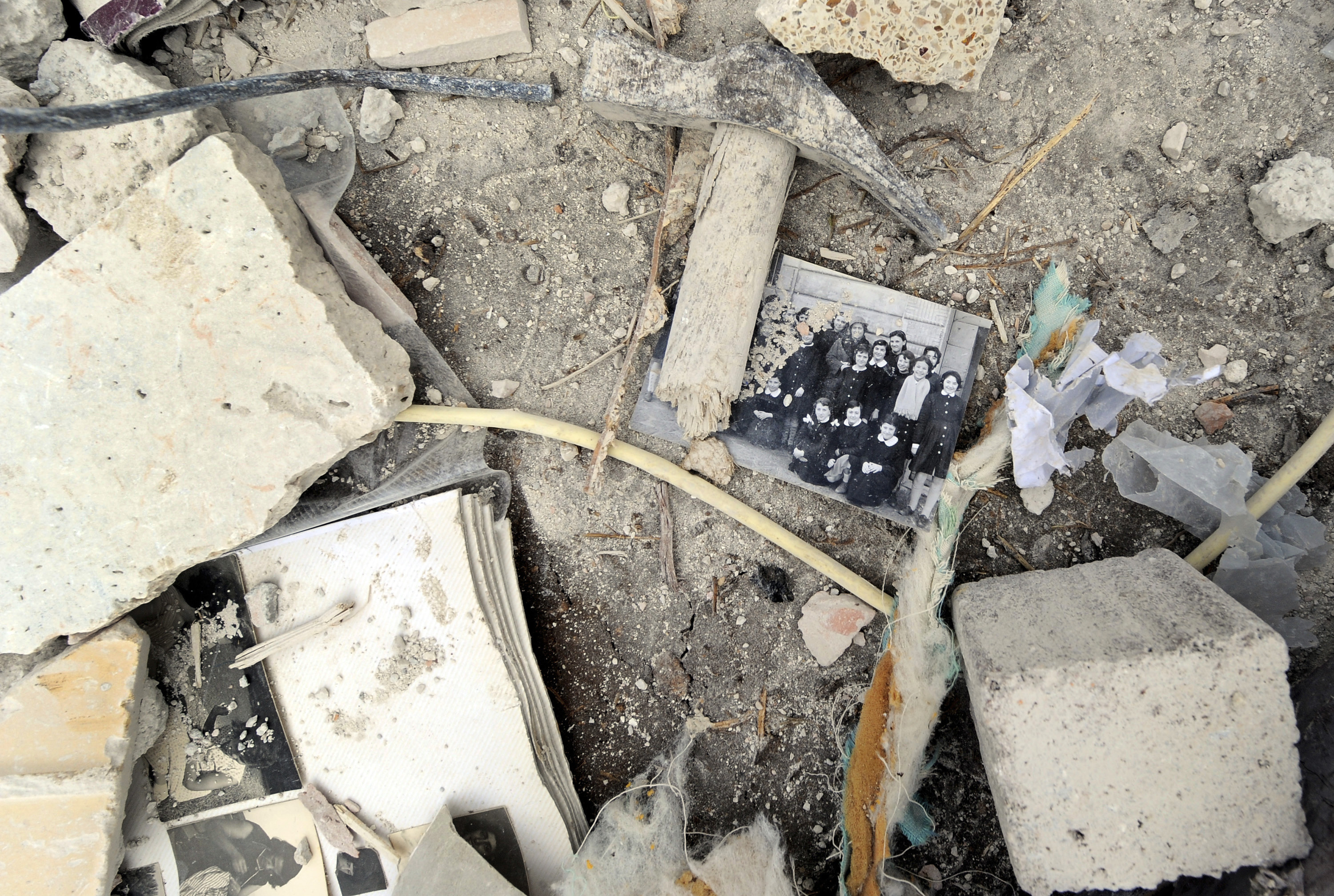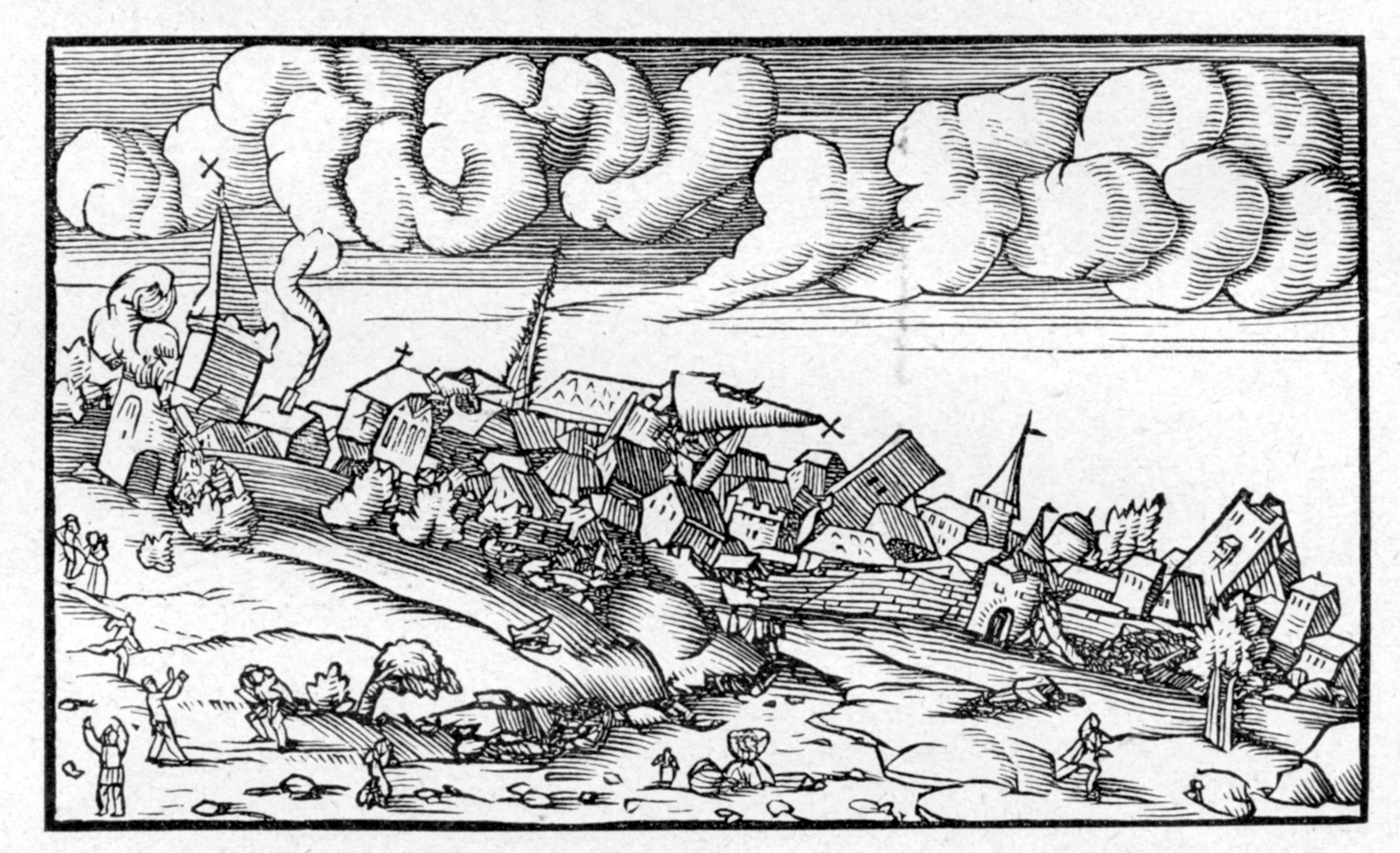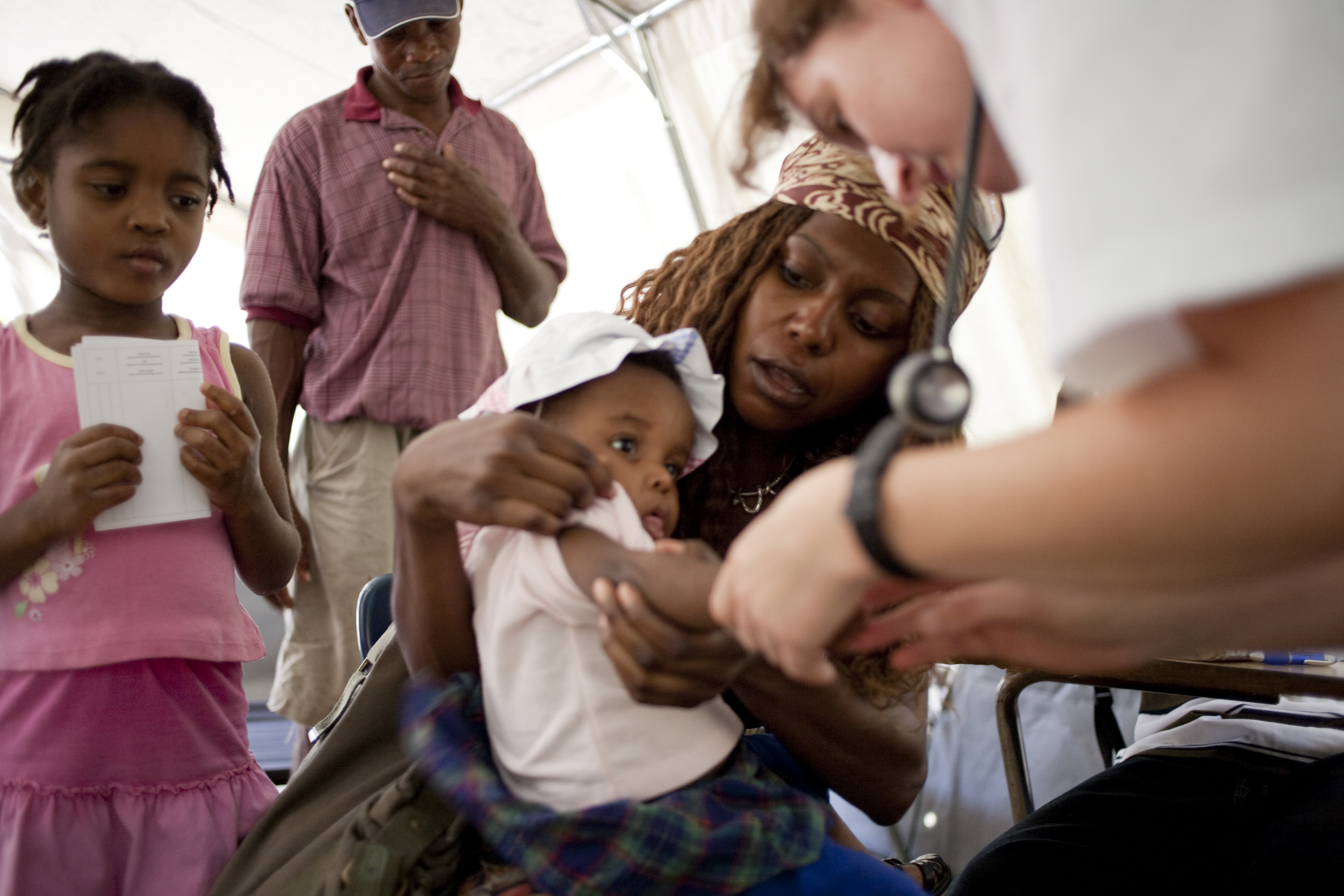Preparing for a seismic disaster

Swiss disaster response teams have rehearsed for a scenario in which a major earthquake hits northwestern Switzerland, leaving up to 6,000 people dead, 30,000 missing and over 60,000 injured.
In mid-May, the Swiss Federal Office for Civil Protection (FOCP) put hundreds of experts through their paces as part of a tri-national earthquake disaster exercise that took place near Basel.
Why Basel? The most devastating earthquake recorded in central Europe occurred here in 1356, with a magnitude of 6.5 to 7.0 on the Richter scale. According to seismologists, an earthquake with a similar intensity can be expected to recur about every 1000 years.
The large-scale exercise called “Seismo 12” was based on the 14th century earthquake and tasked real-life civil servants and military personnel – over 1600 of them from Switzerland, France and Germany – to respond to one of the worst natural disasters the region could face.
“First responders, such as police and fire fighters, are very well prepared to react in emergency situations,” Hans Guggisberg, director of Seismo 12, told swissinfo.ch. “But for a crisis of this scale, you would have several different organisations working together to achieve the same objective.”
“In order for organisation A to work effectively with organisation B, they need to trust each other. And trust cannot be built during a real crisis. It must be tested, practised and improved before [one occurs]. This interdisciplinary exercise allows that to happen,” Guggisberg said.
Death and destruction
Two hours before the exercise began, all Seismo 12 participants were presented with the same horrifying scenario – though fortunately a fictional one.
A major earthquake, measuring between 6.5 and 7.0 on the Richter scale, has occurred in the Basel fault zone, affecting approximately 6.2 million people in the region. Thousands have been killed, tens of thousands are injured or missing.
The quake has left 1.6 million people homeless and hundreds of thousands of buildings destroyed. However, nuclear disaster has been avoided. All reactors in Switzerland and in neighbouring Alsace were automatically shut down. No radioactivity has been reported.
With that, teams from the cantons of Aargau, Basel-Country, Basel-City and Solothurn and the neighbouring German districts of Breisgau-Hochschwarzwald, Lörrach and Waldshut, had to respond to the fallout in their own regions.
Robert Hilty, an exercise participant from Aargau, told swissinfo.ch that the exercise started well into the aftermath of the disaster “because you can never train for the chaos phase”.
During the three-day, round-the-clock exercise, Hilty was based at the Office for Civil Military Protection and Administration in Liestal, the capital of the canton of Basel-Country, where Seismo 12 was headquartered.
From the headquarters, exercise directors issued tasks and scenario details to their teams, working from their respective local sites. From buried survivors and bridges down to power outages and fires, teams had to react to a continuous flow of problems and quickly decide how to act. Which emergency should be addressed first? How many troops should be sent? Which route should they take?
The Basel fault zone
“The exercise was based on as much as we know about that earthquake – the same kind of size, the same kind of location, the same kind of area that is affected,” Stefan Wiemer, director of the Swiss Seismological Service (SED) at the Swiss Federal Institute of Technology in Zurich, told swissinfo.ch.
As the federal agency charged with monitoring earthquakes and assessing the seismic hazard in Switzerland, the SED helped to develop the very detailed disaster scenarios for the participating regions.
The seismic area in the Basel region, with its many fissues, lies in a fault zone. Starting from Manheim, Germany, and running 200 kilometres down to Basel, the zone forms the boundary of what is called the eastern Rhine trench. Earthquakes are caused here, as in other areas in Europe, by the collision between the African and Eurasian tectonic plates.
According to historic accounts, between 30 and 40 castles were seriously damaged in the quake that occurred on October 18, 1356.
“Following the earthquake, we know that church bells were ringing in Paris. We have reports like this that help us to [understand] what kind of damage that kind of shaking would cause today,” Weimer said.
National preparedness
Since the big quake of the Middle Ages, the fault zone has been relatively quiet. In the centuries following the 1356 event, there were quite a few moderate size earthquakes. But since the 1700s there have only been low intensity “micro” earthquakes in the Basel area.
Nonetheless, experts widely agree that the area is a high-risk zone. “The crust is pretty much critically stressed all the time. The area is tectonically stressed. The area has energy in the earth, we just do not know when it will be released in the next earthquake,” Weimer said.
The risk of earthquakes in Switzerland is classified as moderate to average – less likely to occur than in high-risk areas such as Turkey, for example. However, given the density of the population and property in risk areas like the Basel region, a severe earthquake is the kind of natural disaster with the greatest potential for destruction in Switzerland.
According to the FOCP, the economic impact of a 6.5 to 7.0-magnitude earthquake would be likely to amount to SFr50-100 billion ($54-107 billion).
Since 2000, the federal authorities have been implementing a programme of earthquake mitigation measures to “reduce the damage potential of earthquakes through prevention”. Defining plans for disaster preparedness and assistance in the event of a serious earthquake is one of the key measures.
The last major FOCP-led earthquake response exercise was Rheintal 06, which was conducted six years ago in eastern Switzerland. In order to encourage collaboration between response services at an international level, the final report recommended repeating this type of exercise every five to seven years. In-depth analysis of Seismo 12 should be available by October 2012.
The seismic threat to Switzerland is considered moderate to medium. The most exposed areas are Valais, Basel, the Rhine valley in St Gallen and Graubünden.
Situated at the heart of Europe, Switzerland lies on the edge of the Eurasian tectonic plate. The border of this plate – and hence the area of friction with the neighbouring African plate – follows the line of the Alps.
Basel, on the other hand, sits squarely in the centre of the so-called “Rhine rift valley”, a fault in the Earth’s crust which opened up 30 million years ago when the Eurasian continent fractured along a line running from the North Sea to Switzerland.
Experts fear that an earthquake could also trigger tidal waves caused by landslides into the country’s lakes and reservoirs.
Geopower Basel, a geothermal power project, triggered a series of tremors in the Basel area at the end of 2006.
The aim of the project had been to recover heat by pumping water to a depth of five kilometres below the Earth’s surface and use it to produce energy.
Drilling at the site of the planned plant started earlier in 2006. But when this led to tremors that shook the city the company had first to suspend, and eventually abandon the project.
One tremor registered a magnitude of 3.4 on the Richter scale and caused some property damage.
Stefan Wiemer, director of the Swiss Seismological Service (SED) at the Swiss Federal Institute of Technology in Zurich, said that the incident demonstrates that the Basel fault zone is “critically stressed all the time in most areas”.

In compliance with the JTI standards
More: SWI swissinfo.ch certified by the Journalism Trust Initiative



You can find an overview of ongoing debates with our journalists here. Please join us!
If you want to start a conversation about a topic raised in this article or want to report factual errors, email us at english@swissinfo.ch.